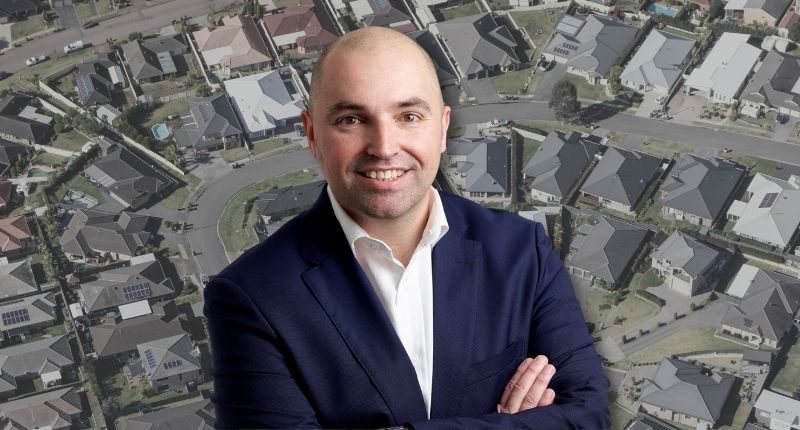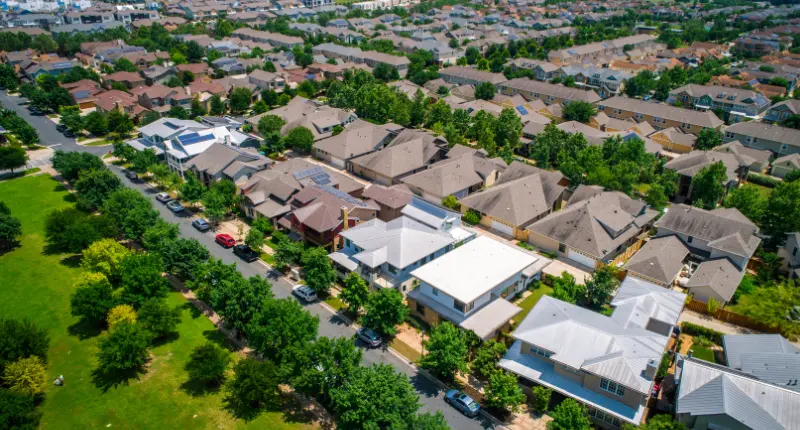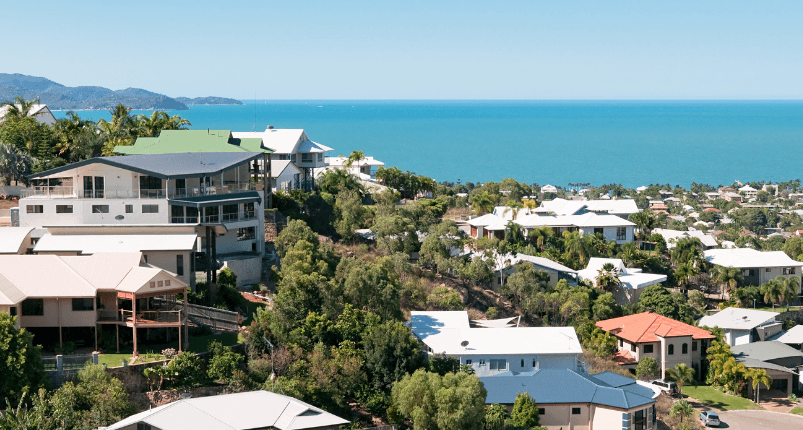
- Savvy investors are targeting smaller capital cities and major regional locations
- These locations have lower buy-in prices with robust economic fundamentals
- Buyers agent Grant Foley has listed five areas meeting this criteria nationally
Given investors are not being deterred by strong market conditions, buyers agent and contributor to The Property Tribune Grant Foley has listed five affordable investment locations across Australia where the majority of houses are under $650,000.
Grant Foley, who is also Qualified Property Investment Adviser (QIPA), said that savvy investors are targeting smaller capital cities, along with major regional locations, that have lower buy-in prices along with robust economic fundamentals.
“Sydney and Melbourne are really the outliers when it comes property price compared to the rest of the nation with house prices in those cities generally well above $1 million,” Mr Foley said.
“However, two-thirds of our population live outside of these two capital cities, where purchase prices are more affordable and often in places where there is excellent potential for value uplift over the medium- to long-term.”
Grant Foley, buyers agent
Mr Foley referred to the recent 2021 PIPA Annual Property Investor Sentiment Survey which he said reinforces investors’ positive attitude towards property markets, with many keen to seek locations outside Sydney and Melbourne.
54% of investors said Brisbane is the capital city with the most investment potential up from 36% compared to the last survey in 2020.
Investors continue to tip metropolitan markets (50%) over regional (25%) and coastal markets (12%) as offering the best investment prospects.
In light of this survey, Mr Foley has revealed five locations that tick the boxes for savvy investors.
Moreton Bay, Greater Brisbane
As first home buyers seek more affordable housing options, the Moreton Bay region is experiencing ripple growth from Brisbane.
“The region is also benefitting from strong interstate migration, as well as myriad major infrastructure projects including transport nodes and a new university – with the gentrification of the Redcliffe peninsula also under way,” he said
Ballarat, Victoria
Mr Foley argued the large regional town – located 90 minutes from Melbourne – is appealing to commuters who may have a hybrid role whereby they work a few days a week in the city then can work from home the rest of the week.
“More and more investors are recognising the potential of major regional locations such as Ballarat that have diverse economies as well as being within an hour or two of a metropolitan area,” he said.
Along with Ballarat, other regional areas such as Bendigo and Geelong have also experienced strong growth in recent years – even before the pandemic.

Adelaide, South Australia
As a result of not generally experiencing booms and busts, Mr Foley argued that Adelaide is sustainable for buyers and investors.
“The buy-in price for a house in the City of Churches remains affordable for buyers and investors alike, including potentially purchasing in its investment-grade middle-ring, which is not an option in most other capital cities,” he said.
Newcastle, New South Wales
The second-largest city in NSW continues to record far more affordable house prices compared to Sydney.
“Newcastle has reinvented itself from a former steel city to a lifestyle location that boasts amazing beaches, jobs in health and education, as well as being within commutable distance to Sydney for those working in the Harbour City a day or two a week,” he said.

Perth, Western Australia
Lastly, Mr Foley said Perth is an ideal market, although he noted that the market had been “off the boil” before the pandemic, with the situation only changing recently.
“There was a point in time when the Perth median house price was on par with Sydney, which most people have forgotten,” he said.
“Prices peaked in 2014 but there are signs that indicate future price growth in Perth with the opportunity to still secure freestanding homes for less than $650,000 there.”
~~
Before making any financial decisions, please do your own independent research, taking into account your own situation. This article does not purport to provide financial or taxation advice. See our Terms of Use.







